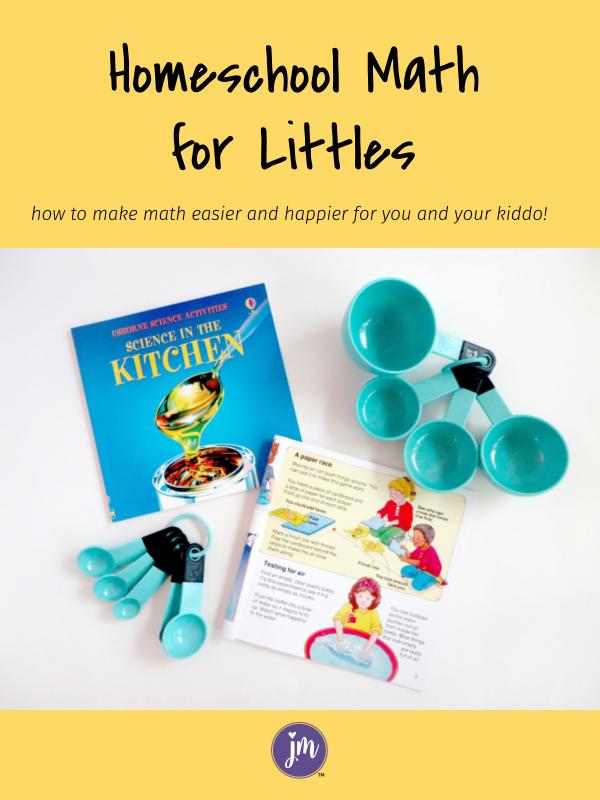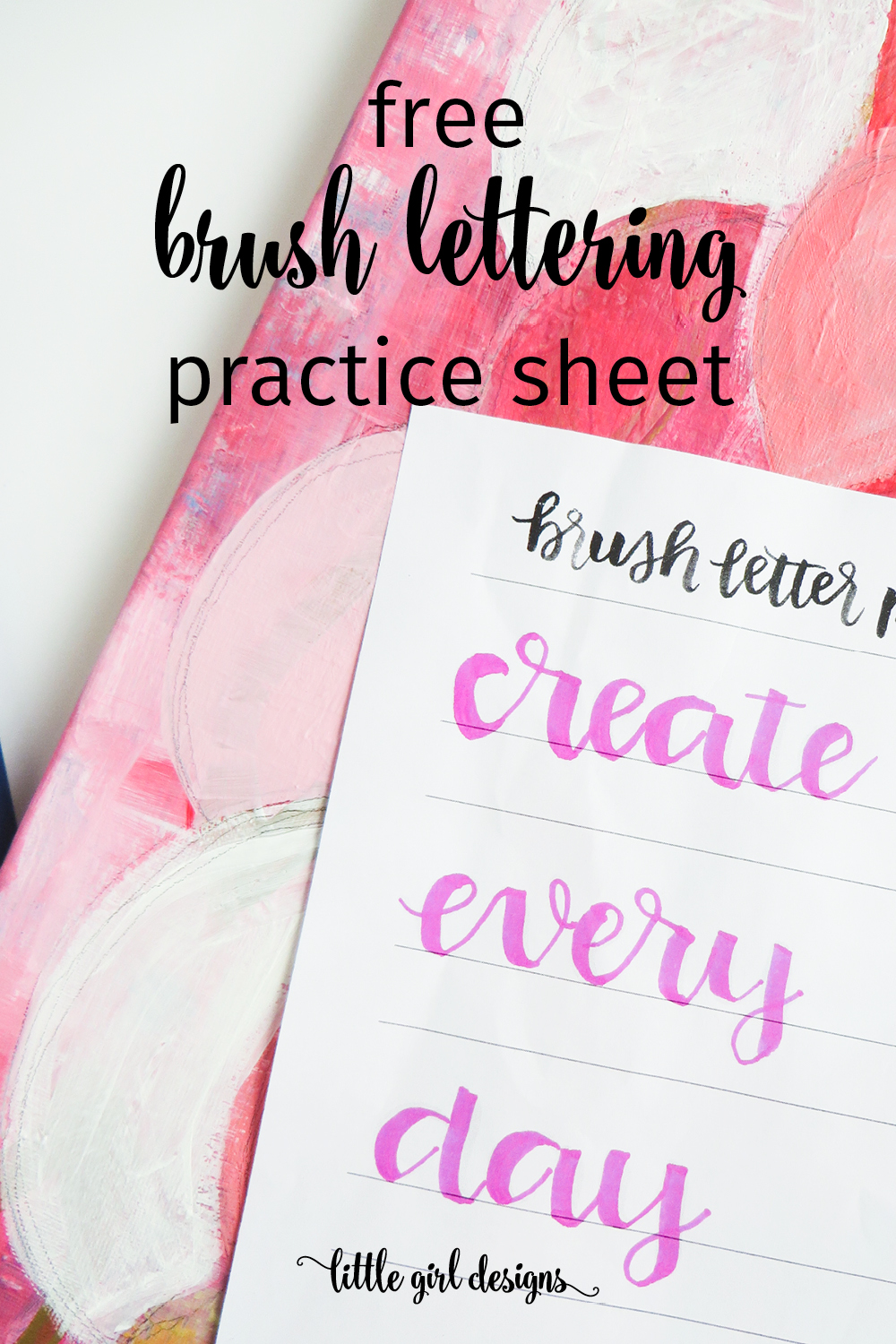I’m sitting here with a cup of tea in hand and thinking about so many moms and dads out there who are desperately trying to figure out this home education thing this year. With all the voices of what’s “right” and what’s the “best” option out there, I’m sure it is absolutely overwhelming.
Even though my husband and I made the choice to home educate our child starting in kindergarten, I have also found that the cacophony of ideas of how to do home education is nearly deafening. I’ve had to step back, write down my priorities and ideas regarding what we consider home education, and then realign myself to making those goals come true.
One of the things I’ve seen over and over is a push for math and science since STEM is the rage right now. I’m not against either one of these, but in studying human development, in particular how the brain develops, I am concerned that we are pushing our little ones into “doing math” earlier than they can actually process abstract concepts.
I’ll admit that I used to roll my eyes when I’d hear people say they made recipes for their arithmetic time at home. “Seriously?! That’s not REAL math!” I would think.
And yet recently, it occurred to me that of course, that is real math, just as much as me calculating change, figuring out how much I’ll save (or not) for the buy-three-get-one-free deal, and adjusting our family budget for a new need is real. Math is doubling a recipe because we’re going to have company or creating a cookie recipe because I already know the ratios of dry to wet ingredients I’ll need.
Certainly my child needs to learn her math facts, and I haven’t thrown out our curriculum (we really do love Singapore Math.) But that said, I’m also intentionally looking for ways to incorporate math in our every day lives.
For that reason, I purchased new measuring cups and spoons with the intention of baking together this fall. (My old ones were in such pathetic disrepair she couldn’t use them because the numbers were long worn off . . . not to mention the tablespoon didn’t even have a handle anymore.)
I also bought this fun Science in the Kitchen book we’re both excited about. We’ve purchased and read through Science with Air as well . . . so much fun and the experiments are extremely easy to recreate. Both of these books are very short, so you won’t feel overwhelmed. Just do what works for you!
A math game we purchased and LOVE is Money Bags. It’s a great way to teach young children how to count change. And bonus, the game moves fast so you’re not stuck groaning as your child has to go back to start because they landed on that evil-whoever-thought-of-that-is-not-a-parent square at the end of the game. I assure you, you will finish the game and even have fun with it.
Having my kiddo help me calculate our bill as we shop at the store is a great activity too. Since she’s a little older now, I’m teaching her how to round up and add in her head as we go along. We keep a running number and see how close it is to what we end up spending. Punching those numbers into a calculator works too. I can still see my mom doing that as she shopped. (This is a great way to make sure you’re not killing your grocery budget too.)
Since school supplies are on sale as I write this, I also purchased a fancy pink ruler for my kiddo so she could practice measuring things. We measured her feet, her hands, and then she was off and running.
A note here: your own enthusiasm, interest, and curiosity about the world goes far when it comes to sparking your own child’s wonder. My favorite teachers and authors have always been the ones who loved their subject. Even if you’re not quite sure about math or have bad memories of it from your own childhood, allow yourself to start over. Take it one day at a time. Add a bit of everyday math into the nooks and crannies of your day, and it will begin to add up!
I hope you have a wonderful (and creative) day!





